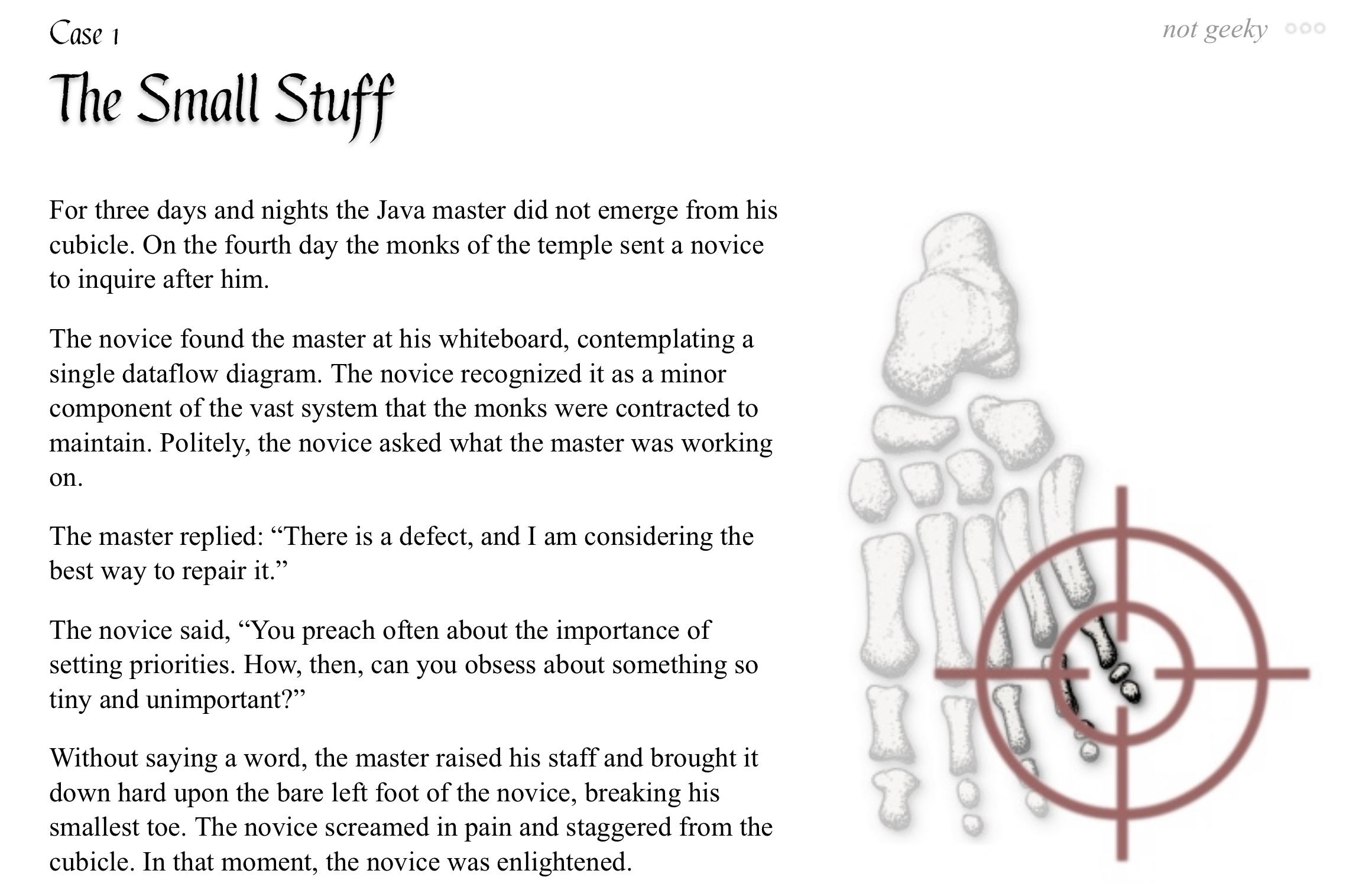Why spend 5 minutes doing something manually when you can spend 5 hours automating it?
Hey pips!
There are 2 really useful methods we can use with strings – .split() and .join(). These operate exactly as advertised, splitting strings into separate parts, or joining them together into one.
.split() couldn’t get any simpler. In fact, you’ll probably figure out exactly how it works just by looking at it:
>>> pypips = "quick brown foxes"
>>> pypips.split()
['quick', 'brown', 'foxes']
>>> pypips.split("o")
['quick br', 'wn f', 'xes']Given a string, it’ll look for a separator, and chop up the string whenever it sees that separator. It then returns a list of the pieces. If we don’t pass in any argument, the separator defaults to any form of whitespace (spaces, tabs, newlines).
Also notice that when we passed in "o" the ‘o’s had vanished entirely from the pieces in the result. That’s because .split() returns the pieces between the separators, and won’t keep the separator itself.
[!NOTE]
.split()and.join()are methods, which mean they act on astrobject that comes before the dot. So you can’t dosplit("oh no")– instead we write"oh no".split(). We’ll be covering the difference between functions and methods in a much later issue ;)
Once it comes to .join() it becomes a bit peculiar. You might think it would work like this:
>>> words = ["Python", "is", "wacky"]
>>> words.join(" ")
'Python is wacky'That would make sense, right? Pass in the separator as an argument, just like .split().
Sykes! I mean sike! It’s the other way round:
>>> " ".join(words)
'Python is wacky'So, for .join() we specify the separator as the very str object that it’s called on, and pass in an iterable of strings to join with that separator between them. We then get back a single string.
>>> todo = ["study", "code", "sleep"]
>>> "TODO: " + ", ".join(todo)
'TODO: study, code, sleep'Remember, it’s just .split() inverted.
Ew, you might think. Why would they make it like that?
I wonder that too, to be honest, and the headcanon I believe to be pretty plausible is that .join() is intended to be a str method – otherwise, lists, tuples and all those other iterables would need to individually implement a .join() method.
Perhaps you would advocate for a general-purpose
join()function, but remember that we can already add strings, lists and other iterables directly with+, which would make it pretty useless.
Challenge
Can you write a program to separate the words of an input into separate lines?
>>> "Never Gonna Give You Up"
Never
Gonna
Give
You
UpFurther Reading
- The
strclass – Python docs - Hey look, the internet agrees too! – reddit
